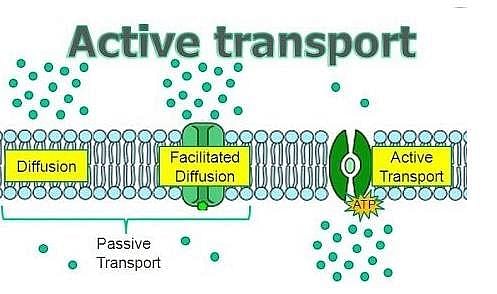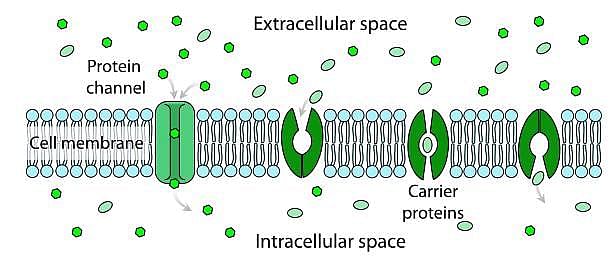Test: Diffusion & Active Transport (Old NCERT) - A Level MCQ
5 Questions MCQ Test Biology A-Level - Test: Diffusion & Active Transport (Old NCERT)
Which does not pertain to facilitated transport?
The main significance of facilitated diffusion is:
| 1 Crore+ students have signed up on EduRev. Have you? Download the App |
Absorption of diffusible ions by cells against the concentration gradient is called:
Consider the following statements about facilitated transport:
(I) Requires ATP energy
(II) Transport saturates
(III) Highly selective
(IV) Requires special membrane properties
(V) Uphill transport
Of the above statements:
Which of the following statements are true/false?
(I) The positive hydrostatic pressure is called turgor pressure.
(II) Wall pressure is exerted to prevent the increase of protoplasm size.
(III) Diffusion is more rapid in liquids than in gases.
(IV) Diffusion of water through a semi-permeable membrane is called imbibition.
(V) Osmosis is the movement of substances that occurs along a diffusion gradient.
|
280 videos|166 docs|147 tests
|



















